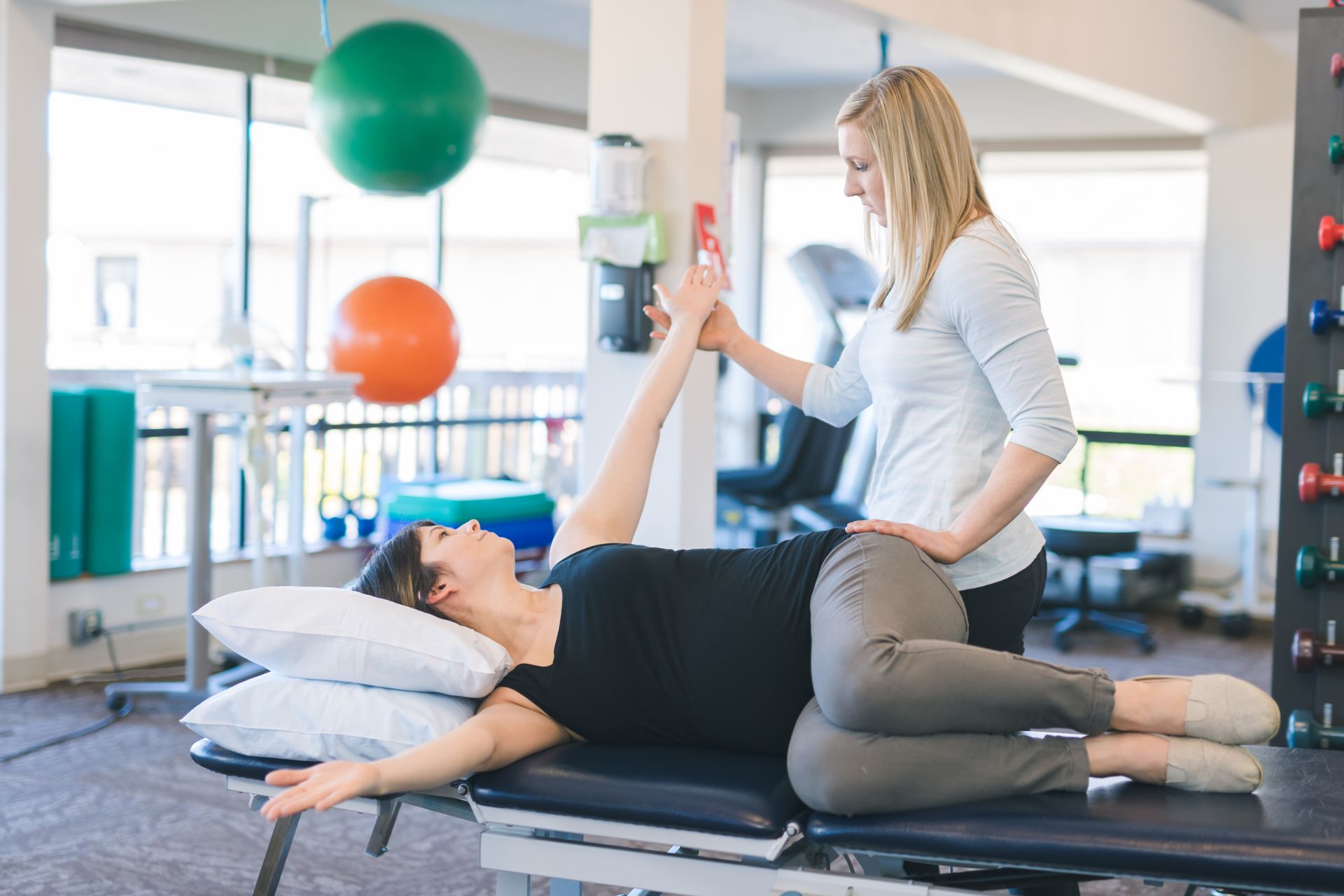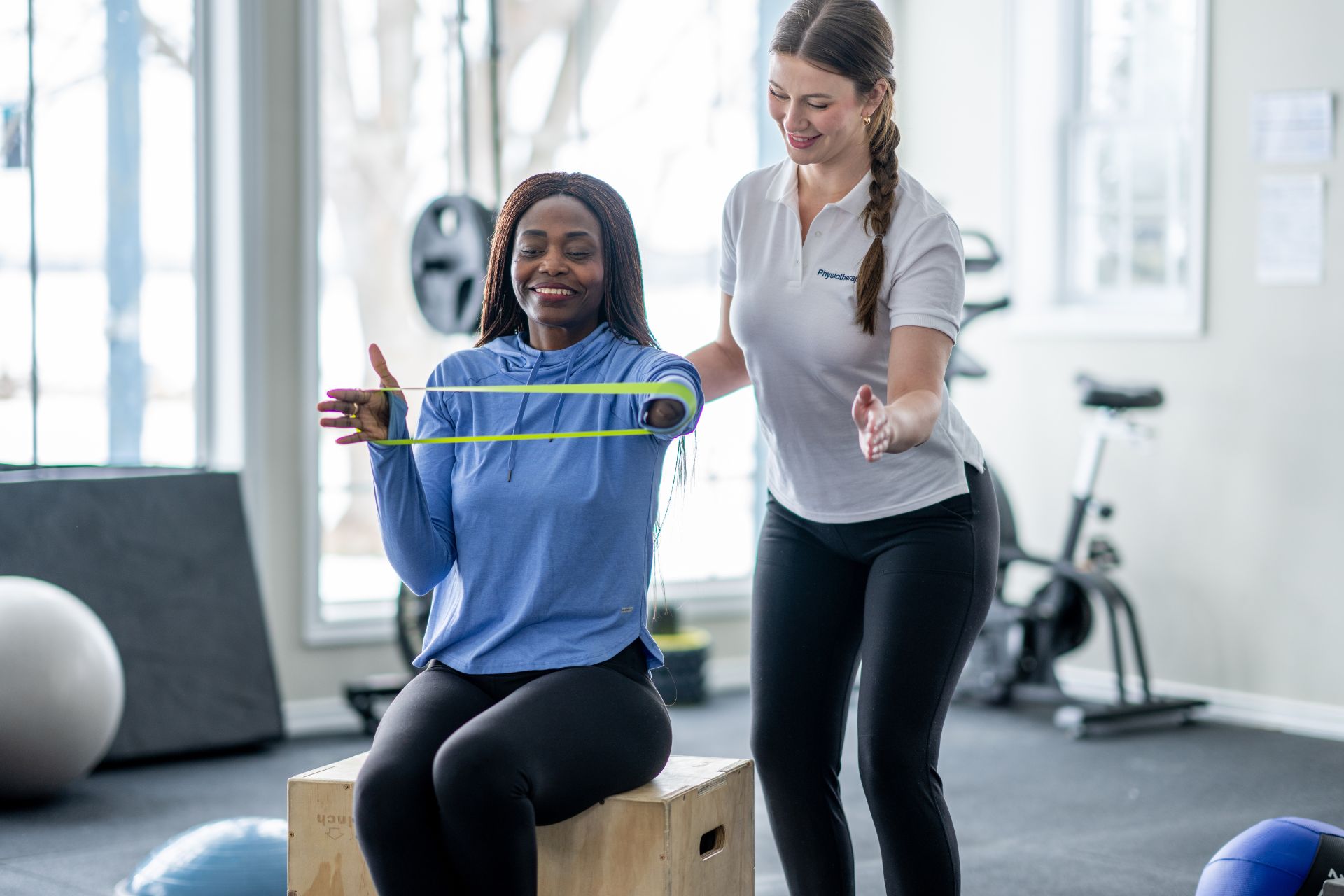Frequently Asked Questions
Several biomechanical factors contribute to ACL injuries in athletes, including excessive knee valgus, inadequate hip strength, and improper landing mechanics. The interplay of joint angles during dynamic movements often leads to anterior tibial translation and increased rotational forces on the knee joint. Athletes who demonstrate decreased proprioception may exhibit altered neuromuscular control, resulting in delayed muscle activation patterns that fail to stabilize the knee adequately. Additionally, high ground reaction forces during cutting or pivoting maneuvers can exacerbate stress on the ligamentous structures surrounding the knee. Weakness in key muscle groups such as the quadriceps and hamstrings further compromises kinetic chain stability, while deficits in core strength can diminish overall postural alignment and balance—factors critically linked to an athlete's susceptibility to non-contact ACL tears.
Physical therapists assess joint stability following a shoulder dislocation through a comprehensive evaluation that includes both subjective and objective measures. They typically begin with an in-depth patient history, focusing on the mechanism of injury, previous episodes of instability, and any associated symptoms such as pain or apprehension during movement. During the physical examination, therapists perform specific tests to evaluate glenohumeral joint stability by assessing passive range of motion and conducting stress tests like the apprehension test or sulcus sign to determine anterior or inferior instability. Additionally, they may utilize palpation techniques around key anatomical landmarks such as the acromion process and greater tubercle while observing for signs of swelling or muscle guarding indicative of rotator cuff involvement. Functional assessments are also integral, wherein tasks involving overhead activities are analyzed for signs of compensatory movements that might suggest underlying muscular imbalances contributing to instability. Collectively, these methods enable physical therapists to formulate precise rehabilitation protocols tailored toward enhancing proprioception, strength training focused on scapular stabilization muscles like serratus anterior and subscapularis while promoting neuromuscular control essential for restoring optimal shoulder biomechanics post-dislocation.
Post-operative hip replacement patients typically engage in rehabilitation protocols that prioritize muscle strengthening to enhance functional mobility and reduce the risk of complications such as joint stiffness or weakness. These protocols often begin with isometric exercises, focusing on activating the quadriceps and gluteus muscles while minimizing strain on the surgical site. As recovery progresses, resistance training utilizing elastic bands or light weights may be introduced to improve overall strength and stability in key muscle groups including hamstrings, adductors, and abductors. Additionally, closed kinetic chain exercises like squats and leg presses are recommended for reinforcing weight-bearing capabilities without compromising the hip joint's integrity. Incorporating balance training through proprioceptive activities further supports neuromuscular adaptations essential for gait retraining post-surgery. Overall adherence to these structured rehabilitation strategies significantly contributes to regaining pre-operative function levels while reducing postoperative pain associated with disuse atrophy.
Gait analysis serves as a crucial tool in identifying potential risk factors for lower back pain among runners by evaluating biomechanical patterns, kinematic variables, and kinetic forces. By examining stride length, cadence, foot strike angles, and pelvic tilt during running gait cycles, specialists can discern abnormal movement mechanics that may predispose individuals to lumbar strain or musculoskeletal injuries. Anomalies such as overpronation or supination can lead to altered load distribution across the spine and associated musculature. Furthermore, assessing joint range of motion—particularly in the hips and knees—can reveal limitations that contribute to compensatory movements affecting spinal alignment. Incorporating parameters like ground reaction forces and muscle activation profiles also aids in pinpointing inefficiencies within the kinetic chain that might exacerbate stress on the lumbar region. Ultimately, comprehensive gait analysis facilitates targeted interventions aimed at rectifying these identified irregularities through tailored training regimens or corrective footwear adaptations to mitigate future occurrences of lower back discomfort in runners.
Proprioceptive training significantly enhances recovery outcomes for ankle sprains by improving neuromuscular control, balance, and joint stability. This training modality focuses on the body's ability to perceive its position in space through sensory feedback mechanisms from proprioceptors located within muscles and joints. By incorporating exercises that challenge dynamic stabilization, such as single-leg stands or balance boards, individuals can develop greater kinesthetic awareness and coordination. Enhanced proprioception leads to a reduction in re-injury rates by promoting optimal movement patterns during functional activities like walking or running. Additionally, it facilitates faster rehabilitation timelines by decreasing swelling and pain while increasing strength in the surrounding musculature of the ankle complex. Overall, integrating proprioceptive training into rehabilitation protocols fosters comprehensive recovery strategies that address both physical deficits and psychological readiness for return-to-sport scenarios post-ankle injury.

